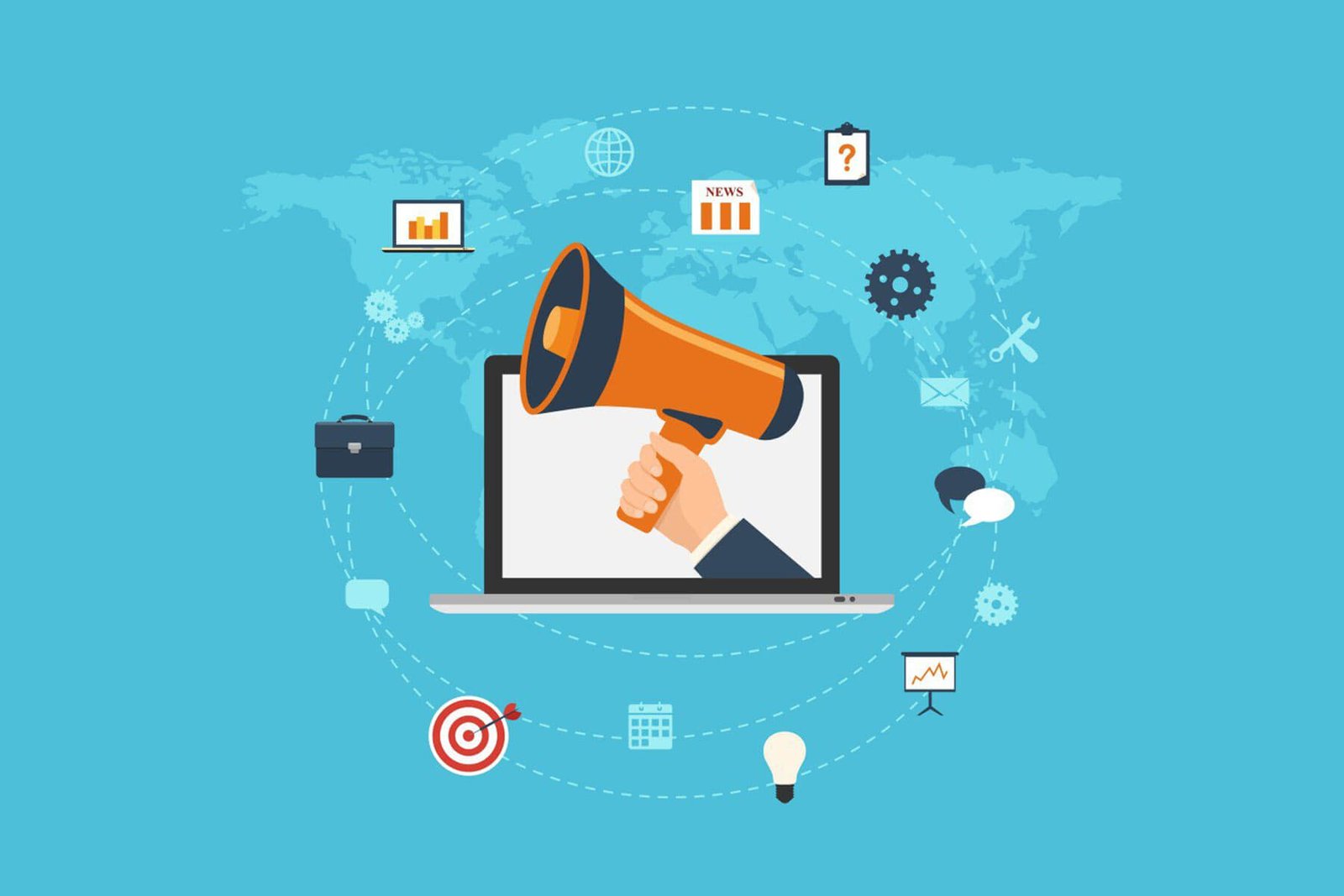When attempting to create a digital marketing project, your best interest is to have quality personalized content that will attract potential and returning customers. The media you use on your website has a lot of influence on your users’ experience and helps shape your brand image. In this article, you’ll find out about media types, the differences between them, and when should you use each one of them.
What Is Dynamic and Static Media?
There are two categories of media based on the way in which content is displayed on a website:
- Static media—this refers to content that doesn’t change. For example, an advertisement in a newspaper or magazine is static, because it remains as printed. It will be the same every time we view it. Static media can also refer to those parts of your website that rarely change. It may include landing pages, homepages and white papers.
- Dynamic media—content that is constantly updated and is interactive. It appears on websites, online forums and social media feed. A website is considered dynamic when it is frequently updated or changed. Dynamic media can facilitate interaction between users and a business or product. Social networking websites like Facebook and Twitter all use dynamic media to gain feedback from their users so they can improve their experience and make them spend more time on their applications and websites.
The advantages and disadvantages of static media

Pros:
- Easy to create—static media is created once and publish to multiple channels. It does not need any maintenance.
- Easy to control—people who view static media can’t change it. All they can do is share it or comment about it. This is an advantage for websites representing regulated industries who must review and approve all the content they publish.
- Focused message—static media is good for sending messages to your customers, or for presenting ads. This includes content that conveys a focused and consistent message.
Cons:
- Boring—static media may be good enough for your website first-time visitors. Returning visitors will be bored with seeing the same page again, and your site quickly.
- No interaction—there is rarely interaction between the user and the website when media is static.
- Not mobile-friendly—static media like long texts or PDF files are difficult to view on a mobile screen.
The advantages and disadvantages of dynamic media
Pros:
- Personalized experience—with dynamic media, personalized content adjusted to your user’s online behavior will encourage repeat visits and subscribers.
- Higher conversion rates—on eCommerce websites, dynamic media can offer relevant product recommendations. This can lead to much higher conversion rates than static media content.
- Website promotion—search engines, including Google, will promote websites with fresh and dynamic content.
- Flexibility—dynamic media customize the website content according to the user’s device. The users will be able to see any media adjusted to the screen of their device.
- Interactive—a website using dynamic media can respond to user behavior by presenting multimedia content, including video and audio, that is relevant to their interests.
Cons:
- Higher costs—dynamic media has costs related to the need to continuously produce high-quality media content. This will increase your marketing budget.
- Organizational changes—switching from static media to dynamic media requires organizational change. It means moving from a product-centric approach to a customer-centric approach. This results in changes to the organization and its infrastructure. A dynamic media platform can facilitate the transition.
- Requires analysis tools—when dynamic media is used, you will need to monitor your website activity to optimize it for conversion rates. For this task, marketing automation technology should be used.
Which One Should You Use—Static or Dynamic Media?

Static and dynamic media are very different. Both of them are used in the marketing and media industry to address as much audience as possible. Static media is considered respectable, which will contribute to the stability and established image of your business. With dynamic media, you can interact with your users and customers.
If you are running an eCommerce website, dynamic media will bring your customers a better shopping experience and increase your conversion rates. Your budget may also influence your decision on using one or the other. Static media costs less, but on the other hand, dynamic media can help you attract more traffic and purchases.
Wrap Up
When it comes to posting content online, dynamic media is really important. Text and steel images are no longer enough to catch the intention of typical internet users. Even if they are not conscious of this, digital consumers are increasingly demanding rich, multimedia content. In this article, we’ve seen the pros and cons of dynamic media, and how they each serve different, although at times complementary, purposes.
Promotional gifts have become increasingly important in digital marketing. In the age of media, businesses should create promotional products and distribute them as giveaways to their customers while digitally marketing their brands. The importance of promotional gifts such as custom stickers in marketing is because promotional products make your brand more recognizable.